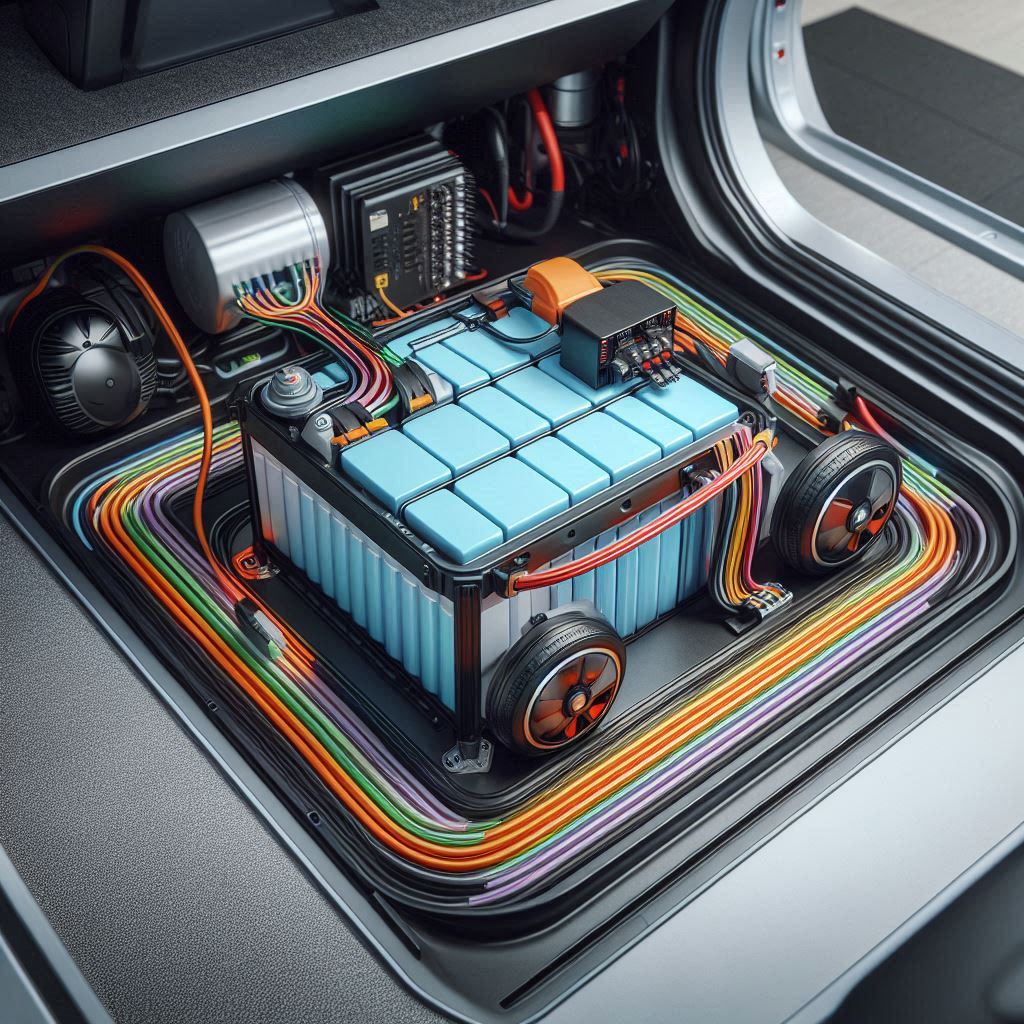
The United States has significantly increased its battery storage capacity and developed its electric vehicle (EV) battery manufacturing capabilities, thanks to substantial investments. This progress is largely attributed to the Biden Administration’s Inflation Reduction Act (IRA), a comprehensive climate policy that has sparked a surge in public and private investment in battery storage, propelling the country towards a green transition.
Globally, one of the major challenges in renewable energy development is the lack of sufficient battery storage. As nations rapidly expand their solar and wind energy capacities, there is a growing need for battery storage to ensure these renewable sources can provide reliable power. Currently, wind and solar farms generate electricity only when conditions are favorable, highlighting the necessity for utility-scale battery storage to deliver consistent renewable energy to consumers at all times.
California leads the U.S. in solar power generation, having steadily increased its renewable energy capacity over the past decade. Previously, the state’s solar farms struggled to provide a stable energy supply due to inadequate battery storage. However, since 2020, California has installed more utility-scale batteries than any other region in the world, except China. These batteries store excess energy generated during the day for use at night. Some of these batteries are as large as shipping containers, demonstrating the magnitude of these projects.
Helen Kou, head of U.S. power analysis at BloombergNEF, remarked, “What’s happening in California is a glimpse of what could happen to other grids in the future.” Kou added that batteries are transitioning from niche applications to significant roles in shifting large amounts of renewable energy to peak demand periods.
California aims to achieve a 100% green-energy-powered grid by 2045, a goal heavily reliant on increasing battery storage capacity. The state estimates it will need 50 GW of battery storage to support this objective and plans to nearly triple its battery capacity by 2035. Andrés Gluski, CEO of AES Corporation, emphasized, “If you want more renewables on the grid, you need more batteries. It’s not going to work otherwise.”
One of the largest battery plants in the world, the billion-dollar Nova Power Bank, is set to begin operations in California later this year. Managed by independent power producer Calpine, this plant is being developed on the site of an abandoned gas-fired power plant project. Once completed, it will provide power to 680,000 households for up to four hours when fully charged. The lithium-ion battery bank will have a capacity of 680 MW, with 620 MW expected to come online this year in two phases and an additional 60 MW in 2025.
Emily Precht, strategic origination manager at Calpine, stated, “This plant will help stabilize the grid, especially for reliability purposes.” She explained that having a system that stores power from midday and shifts it to periods of higher demand will enhance grid resilience.
The expansion of battery storage has been greatly supported by investments in the EV sector. Over the past decade, as the EV industry has grown, the cost of developing lithium-ion batteries has decreased by approximately 80%. Government subsidies and financial incentives have further bolstered the rollout of utility-scale battery storage.
Other states, including Texas and Arizona, are also expanding their battery storage capacities. Over the past three years, U.S. battery storage capacity has increased tenfold to around 16,000 MW. According to an analysis by Wood Mackenzie, the U.S. energy storage industry deployed 8.7 GW of storage in the first quarter of 2024, showing a 90% year-on-year growth. The residential energy storage market saw 218.5 MW of storage deployed. In the fourth quarter of 2023, California and Texas accounted for 77% of the 4.2 GW added nationwide.
Texas is experiencing a surge in battery storage investment, with companies like BlackRock, Korea’s SK, and Switzerland’s UBS providing substantial financing to earn significant returns from the power grid as renewable energy operations become more reliable. Enhancing battery storage is crucial for strengthening the state’s grid, especially given the increasing frequency of severe weather events causing power outages. Texas is projected to contribute nearly a quarter of U.S. grid-scale storage over the next five years.

